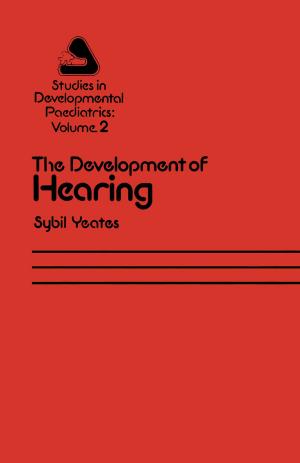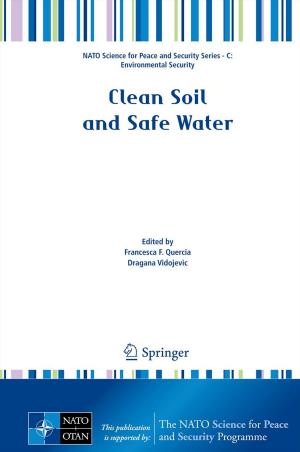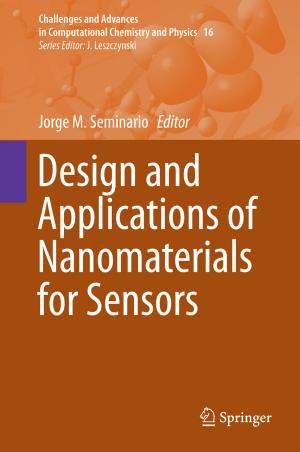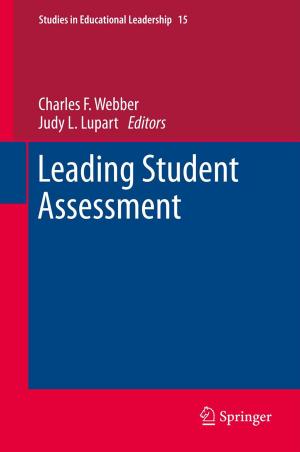Light Pollution as a New Risk Factor for Human Breast and Prostate Cancers
Nonfiction, Health & Well Being, Medical, Specialties, Oncology, Reference, Public Health| Author: | Abraham Haim, Boris A. Portnov | ISBN: | 9789400762206 |
| Publisher: | Springer Netherlands | Publication: | June 3, 2013 |
| Imprint: | Springer | Language: | English |
| Author: | Abraham Haim, Boris A. Portnov |
| ISBN: | 9789400762206 |
| Publisher: | Springer Netherlands |
| Publication: | June 3, 2013 |
| Imprint: | Springer |
| Language: | English |
Humans are diurnal organisms whose biological clock and temporal organization depend on natural light/dark cycles. Changes in the photoperiod are a signal for seasonal acclimatization of physiological and immune systems as well as behavioral patterns. The invention of electrical light bulbs created more opportunities for work and leisure. However, exposure to artificial light at night (LAN) affects our biological clock, and suppresses pineal melatonin (MLT) production. Among its other properties, MLT is an antioncogenic agent, and therefore its suppression increases the risks of developing breast and prostate cancers (BC&PC). To the best of our knowledge, this book is the first to address the linkage between light pollution and BC&PC in humans. It explains several state-of-the-art theories, linking light pollution with BC&PC. It also illustrates research hypotheses about health effects of light pollution using the results of animal models and population-based studies.
Humans are diurnal organisms whose biological clock and temporal organization depend on natural light/dark cycles. Changes in the photoperiod are a signal for seasonal acclimatization of physiological and immune systems as well as behavioral patterns. The invention of electrical light bulbs created more opportunities for work and leisure. However, exposure to artificial light at night (LAN) affects our biological clock, and suppresses pineal melatonin (MLT) production. Among its other properties, MLT is an antioncogenic agent, and therefore its suppression increases the risks of developing breast and prostate cancers (BC&PC). To the best of our knowledge, this book is the first to address the linkage between light pollution and BC&PC in humans. It explains several state-of-the-art theories, linking light pollution with BC&PC. It also illustrates research hypotheses about health effects of light pollution using the results of animal models and population-based studies.















